Fossils provide us with windows into Earth’s ancient past, preserving the remains of organisms that lived millions or even billions of years ago. While these preserved remnants captivate our imagination and fill museum displays, the rocks that entomb them often receive less attention from the public. However, for paleontologists and geologists, dating these surrounding rocks is equally crucial—if not more so—than the fossils themselves. Without accurate dating methods, fossils would exist in a chronological vacuum, disconnected from Earth’s history. This article explores why determining the age of the rocks surrounding fossils provides essential context that transforms these ancient remains from mere curiosities into powerful scientific evidence about our planet’s past.
The Context Problem: Why Age Matters

Imagine discovering an ancient human tool without knowing whether it was crafted 5,000 or 50,000 years ago—the interpretation of its significance would vary dramatically depending on its age. Similarly, fossils without age context float in a historical void, making it impossible to place them correctly in evolutionary timelines or understand their relationship to other species. Dating the rocks surrounding fossils solves this fundamental context problem, anchoring specimens to specific geological periods and allowing scientists to track evolutionary changes over time. This chronological framework transforms disconnected fossil discoveries into coherent narratives about Earth’s biological history. Without rock dating techniques, paleontologists would possess beautiful specimens but lack the temporal framework necessary to interpret their evolutionary significance.
Relative Dating: Reading Earth’s Layers

Long before modern radiometric techniques, scientists developed methods to determine the relative ages of rock layers through the principle of superposition. This fundamental concept in geology states that in undisturbed rock sequences, younger layers sit atop older ones—a simple yet powerful observation first articulated by Nicholas Steno in the 17th century. By examining how rock layers (strata) relate to one another, paleontologists can determine which fossils came before others, even without knowing their absolute ages. Index fossils—species that existed for relatively short geological periods but were geographically widespread—further enhance relative dating by serving as temporal markers. These approaches allowed early geologists like William Smith to create the first geological maps and establish basic evolutionary sequences, demonstrating how fossils change from older to younger rocks even before absolute dating methods existed.
Radiometric Dating: Clocks Within the Rocks
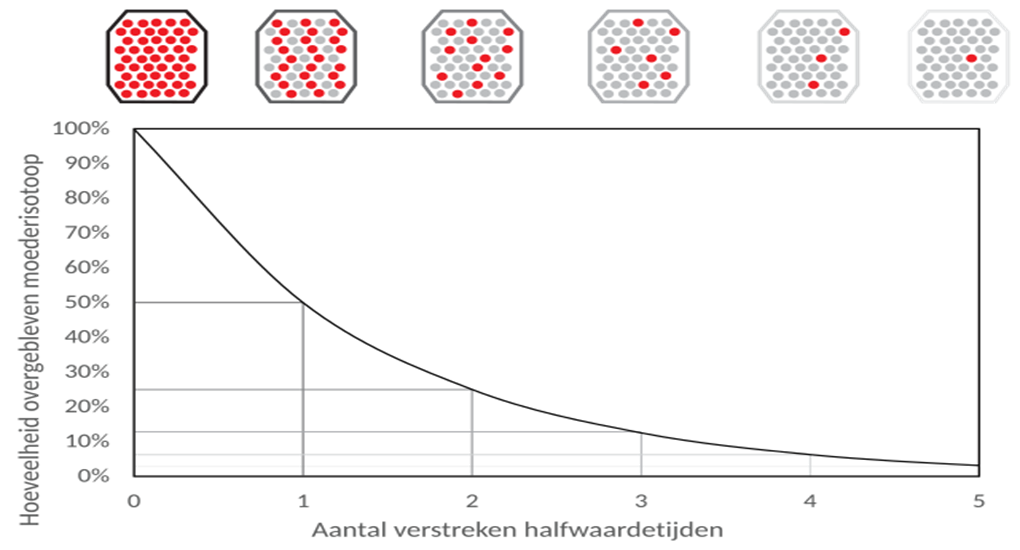
The development of radiometric dating in the early 20th century revolutionized paleontology by providing absolute ages for fossils based on the predictable decay of radioactive isotopes in surrounding rocks. Different isotope systems serve as different chronometers—uranium-lead dating can measure ages in the billions of years, while carbon-14 dating works for much younger organic materials up to about 50,000 years old. When scientists date igneous rocks found above and below fossil-bearing sedimentary layers, they establish maximum and minimum age boundaries for the fossils. This “bracketing” technique proves especially valuable when dating sedimentary rocks that contain fossils but lack sufficient radioactive elements for direct dating. The precision of modern radiometric methods has improved dramatically, with some techniques now achieving margins of error less than 1%, allowing scientists to resolve events separated by just thousands of years within rocks millions of years old.
Dating Volcanic Ash: Nature’s Timestamp

Volcanic eruptions throughout Earth’s history have dispersed ash layers across vast areas, creating invaluable chronological markers for paleontologists. When volcanic material falls onto landscapes containing fossilizing organisms, it creates precise timestamp layers that can be dated with exceptional accuracy using potassium-argon or argon-argon techniques. The famous hominin fossil sites of East Africa demonstrate the critical importance of these ash layers—the dating of volcanic tuffs at Olduvai Gorge and throughout the Rift Valley has established the chronology of human evolution with remarkable precision. These volcanic layers allow scientists to compare fossils from different locations but similar time periods, determining whether anatomical differences represent evolutionary changes or simply different contemporaneous species. Without these datable ash layers, much of what we know about human evolution would remain chronologically uncertain, highlighting how rock dating provides the temporal skeleton upon which evolutionary understanding is built.
Beyond Age: Environmental Context from Rock Analysis

The rocks surrounding fossils reveal much more than just chronological information—they provide crucial environmental context about the world inhabited by ancient organisms. Sedimentary rocks form in specific environments, from deep oceans to shallow lakes, from scorching deserts to lush deltas, and their characteristics preserve evidence of these ancient settings. By analyzing grain size, mineral composition, sedimentary structures, and chemical signatures, geologists reconstruct past environments with remarkable detail. For example, fine-grained black shales rich in organic matter indicate oxygen-poor aquatic environments, while cross-bedded sandstones might reveal ancient sand dunes or river channels. These environmental reconstructions help explain evolutionary adaptations, extinction events, and migration patterns observed in the fossil record. Through integrated analysis of both fossils and their surrounding rocks, scientists develop comprehensive pictures of ancient ecosystems rather than isolated snapshots of individual organisms.
Magnetostratigraphy: Earth’s Magnetic Reversals as Timekeeper
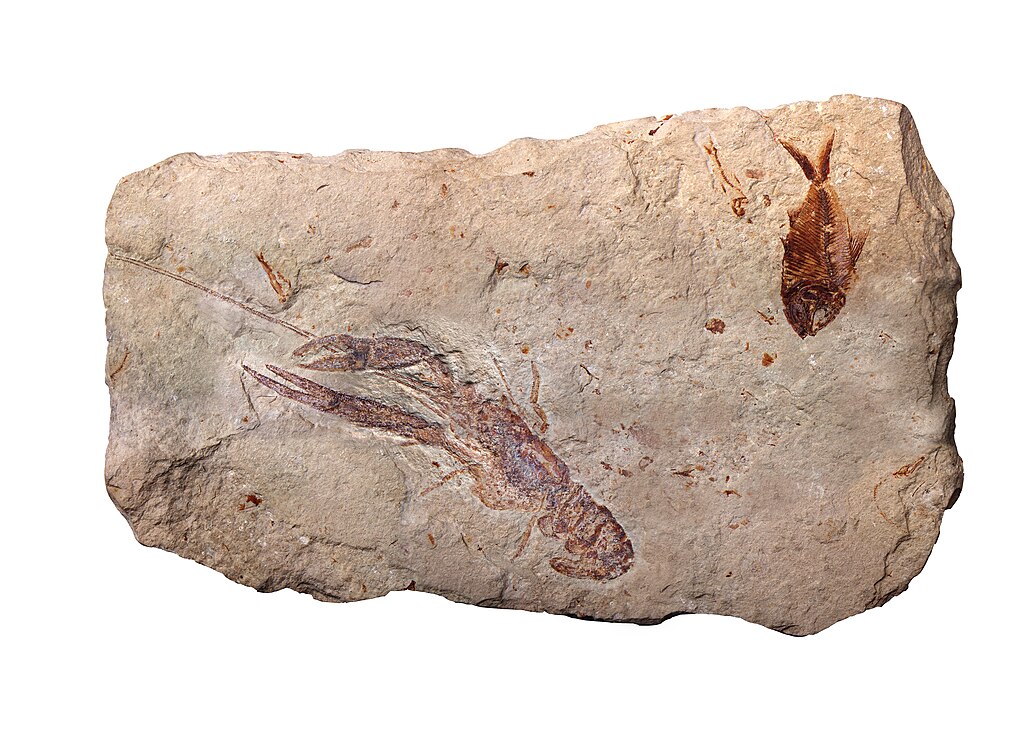
Earth’s magnetic field has reversed polarity numerous times throughout geological history, with the magnetic north becoming south and vice versa. These reversals are recorded in rocks as they form, creating a distinctive pattern of normal and reversed polarity that serves as a temporal barcode across the planet. Magnetostratigraphy—the study of these magnetic reversals in rock sequences—provides another powerful dating tool that complements other methods. When paleontologists discover fossils in sedimentary sequences, they can measure the magnetic orientation of the surrounding rocks and match this pattern to the known global magnetic reversal timeline. This technique proves especially valuable when radiometric dating isn’t possible due to rock composition or when greater precision is needed between dated horizons. The integration of magnetostratigraphy with other dating methods has refined our understanding of critical evolutionary transitions and mass extinction events, demonstrating how multiple rock-dating approaches work together to establish robust chronologies.
The Dating Puzzle: Why Multiple Methods Matter

No single dating method provides a complete or perfect chronological picture, which is why paleontologists rely on multiple, overlapping techniques to establish fossil ages with confidence. This multi-method approach creates a system of cross-checks that strengthens chronological interpretations and identifies potential errors or anomalies. For instance, a fossil site might be dated using radiometric methods on volcanic layers, biostratigraphy using index fossils, magnetostratigraphy from the rock sequence, and perhaps even dendrochronology or varve counting for very recent deposits. When multiple independent methods converge on similar age estimates, scientists gain confidence in their chronological interpretations. This methodological redundancy has been crucial in establishing robust timelines for contentious transitions in the fossil record, such as the timing of major mass extinctions or the appearance of new evolutionary lineages. The strength of fossil dating comes not from any single method but from the consilience of multiple lines of evidence all pointing toward consistent conclusions.
Biostratigraphy: How Fossils Date Other Fossils
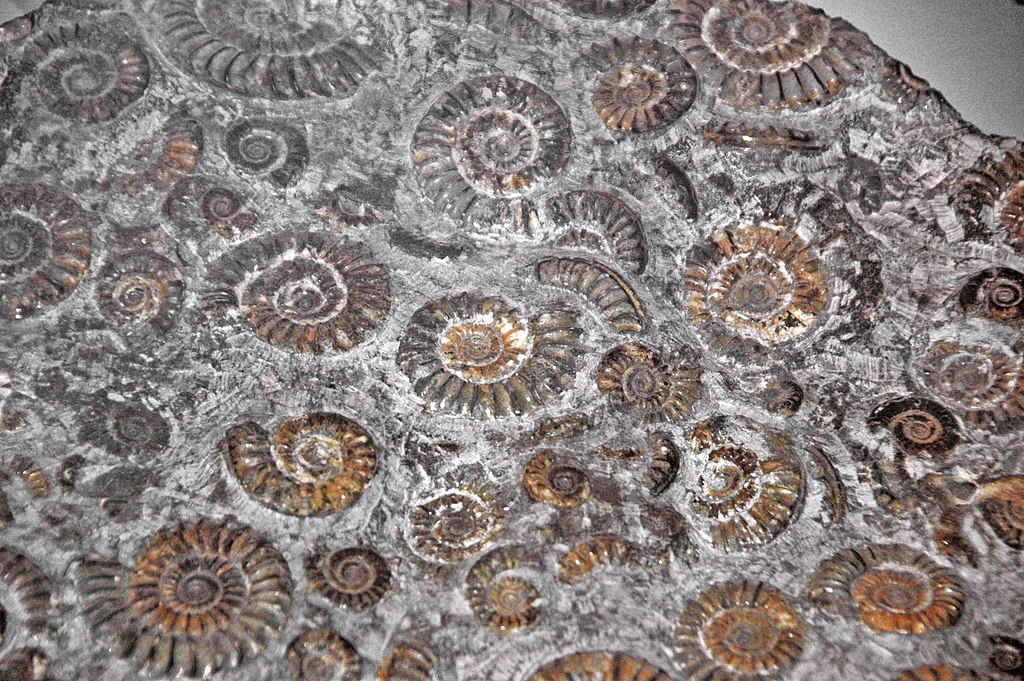
In a fascinating circular relationship, certain fossils themselves become tools for dating rocks and other fossils through the science of biostratigraphy. This approach relies on the principle that species appear and disappear from the fossil record at specific times, creating distinctive assemblages that characterize different geological periods. Once the age ranges of index fossils are established through other dating methods, these fossils become chronological markers that help date new fossil discoveries found in similar rock units. The ammonites of the Mesozoic Era exemplify perfect index fossils—they evolved rapidly, creating distinctive forms that existed for relatively short geological intervals but spread widely across the globe. By identifying which ammonite species accompany a dinosaur fossil, paleontologists can often determine its age with remarkable precision, even without direct radiometric dating of the surrounding rocks. This demonstrates the symbiotic relationship between fossil identification and rock dating in constructing our understanding of life’s history.
Dating Controversies: When Fossils Challenge Timelines
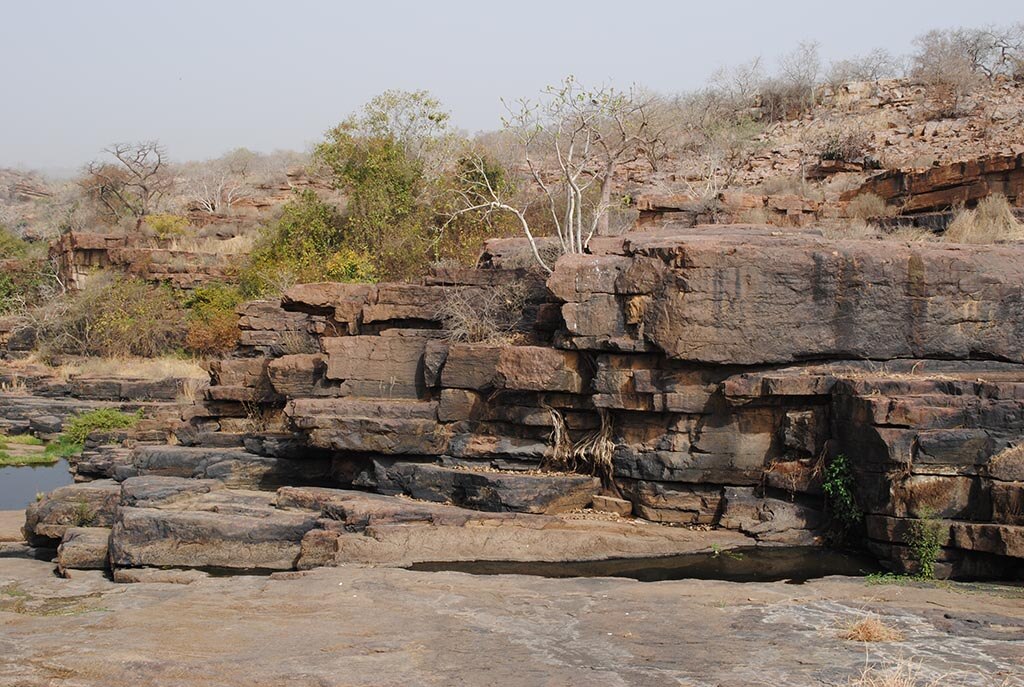
The relationship between fossils and the dating of their surrounding rocks occasionally generates scientific controversies that drive research forward. When fossils appear in rocks seemingly “too old” or “too young” based on existing evolutionary models, scientists must carefully reexamine both the dating methods and their interpretations of evolutionary history. The discovery of Precambrian fossils in the mid-20th century initially met with skepticism precisely because they challenged existing timeline assumptions about when complex life evolved. Similarly, dating controversies surrounded early hominin fossils as new discoveries pushed human origins increasingly further back in time. These apparent conflicts between fossil evidence and established timelines often lead to methodological improvements in dating techniques and ultimately more refined evolutionary theories. Rather than representing failures, these dating controversies highlight the self-correcting nature of science and demonstrate why meticulous attention to both fossils and their geological context remains essential.
Climate Records: Reading Ancient Atmospheres

The rocks surrounding fossils contain chemical signatures that reveal ancient atmospheric conditions, providing crucial context for understanding how organisms adapted to changing environments. Stable isotope analysis of oxygen, carbon, and other elements in sedimentary rocks offers powerful insights into past temperatures, carbon dioxide levels, and oceanic chemistry. These paleoclimate indicators help explain evolutionary patterns observed in the fossil record by connecting biological changes to environmental drivers. For example, oxygen isotope ratios in marine sediments reveal temperature fluctuations that correlate with major evolutionary radiations and extinctions. Similarly, carbon isotope excursions recorded in rocks often indicate significant perturbations to the global carbon cycle that coincided with mass extinction events. By dating these climate signals precisely within rock sequences containing fossils, scientists can determine whether environmental changes preceded, coincided with, or followed biological transformations. This integration of paleoclimate data with fossil evidence provides a more complete picture of how life has responded to Earth’s changing conditions throughout deep time.
Molecular Clocks vs. Rock Clocks
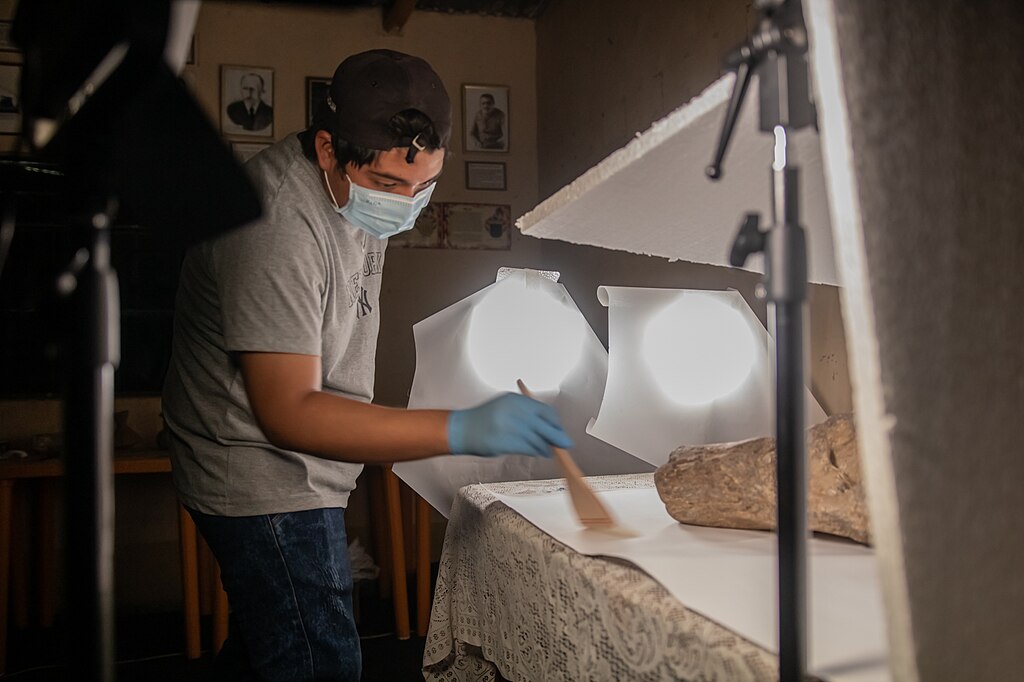
Modern evolutionary biology utilizes “molecular clock” techniques that estimate divergence times between species based on genetic differences, creating an independent chronology that can be compared with fossil-derived dates. These molecular approaches estimate when lineages split by measuring genetic mutations that accumulate at roughly constant rates over time. When molecular dates align with those established through rock dating, scientists gain confidence in both methodologies. However, interesting discrepancies sometimes emerge—molecular clocks might suggest earlier evolutionary divergences than indicated by the first fossil appearances of certain groups. These differences highlight the incompleteness of the fossil record, as the earliest members of lineages often remain undiscovered or unpreserved. Rather than competing chronologies, the relationship between molecular and rock-based dating has become increasingly collaborative, with each approach informing and refining the other. Paleontologists now use molecular estimates to guide their search for fossil evidence in rocks of particular ages, while fossil discoveries help calibrate molecular clocks by providing minimum ages for evolutionary divergences.
The Future of Fossil Dating
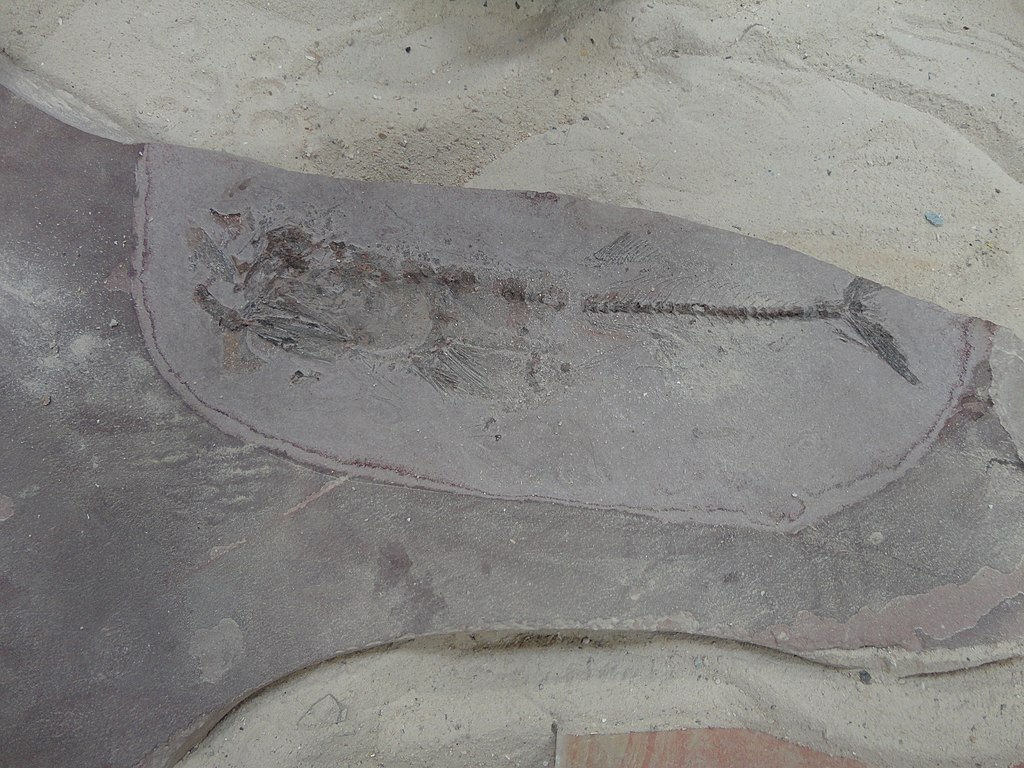
Emerging technologies continue to revolutionize how scientists date the rocks surrounding fossils, promising even greater precision and new insights into Earth’s history. Techniques like optically stimulated luminescence dating, uranium-thorium dating of cave formations, and cosmogenic nuclide dating of rock surfaces are expanding the toolkit available to paleontologists. Advanced mass spectrometry now allows radiometric dating of increasingly smaller samples, sometimes measuring individual mineral grains rather than whole rock sections. Machine learning algorithms are being developed to identify subtle patterns in rock layers that might indicate age relationships not visible to the human eye. Perhaps most excitingly, improvements in non-destructive scanning technologies may soon allow scientists to date rocks without damaging valuable fossil specimens or their surrounding matrix. As these methods continue to improve, our understanding of evolution’s timeline will become increasingly refined, allowing scientists to resolve events separated by ever-shorter time intervals and construct more detailed narratives about life’s journey on Earth.
Conclusion

The dating of rocks surrounding fossils represents one of science’s greatest achievements—the ability to measure deep time itself. Far from being merely technical background information, these dating methods provide the essential chronological framework that transforms paleontology from a descriptive catalog of ancient curiosities into a powerful historical science. Without knowing when organisms lived, we cannot understand their evolutionary relationships, their responses to environmental changes, or their place in Earth’s dynamic history. The collaboration between paleontologists studying fossils and geologists dating rocks exemplifies how interdisciplinary approaches strengthen scientific understanding. As dating techniques continue to improve in precision and range, our view of life’s history becomes increasingly refined, revealing the intricate connections between biological evolution and Earth’s changing environments across billions of years. The fossils may capture our imagination, but it is the dating of their rocky tombs that truly brings their stories to life.



